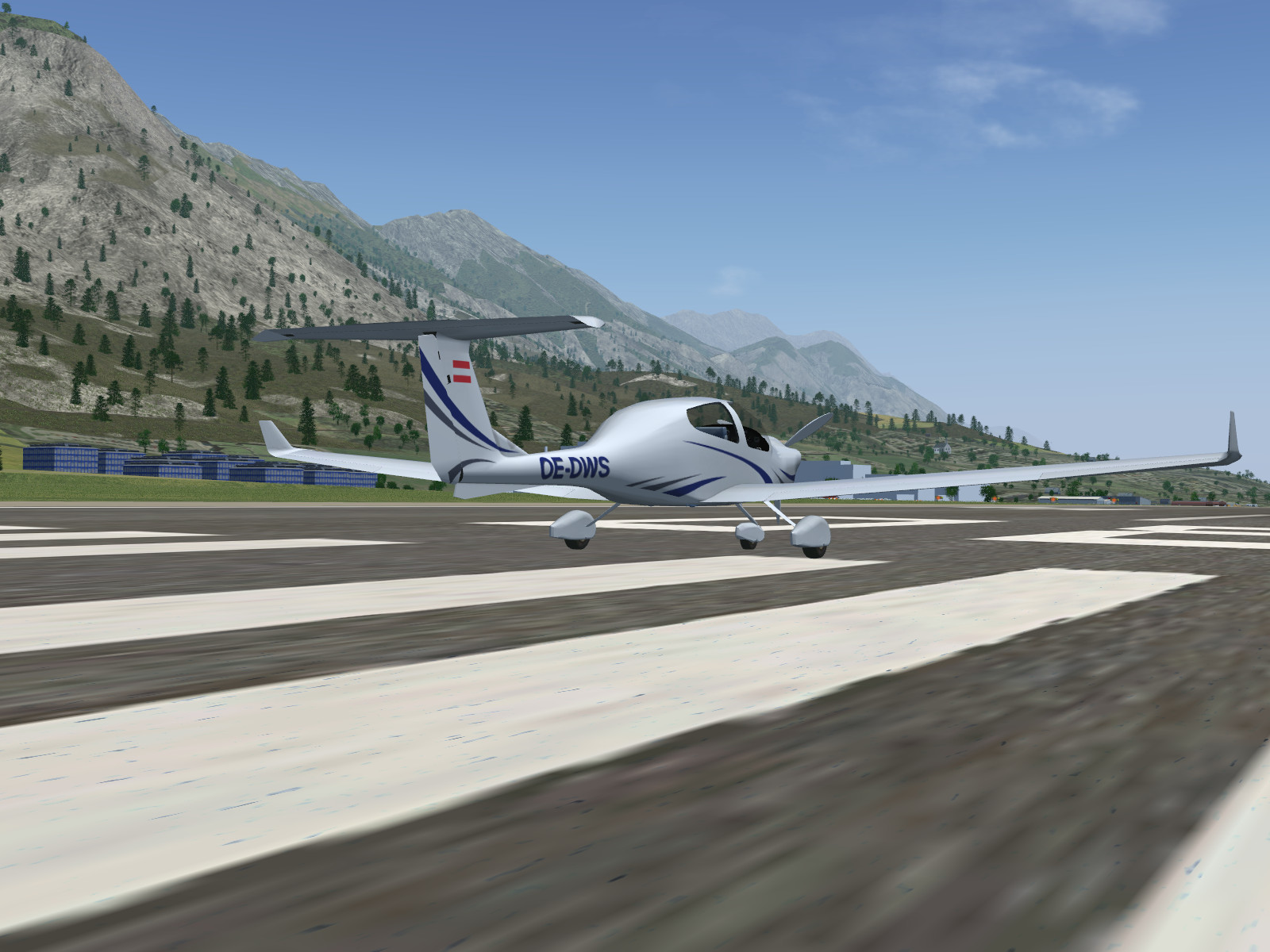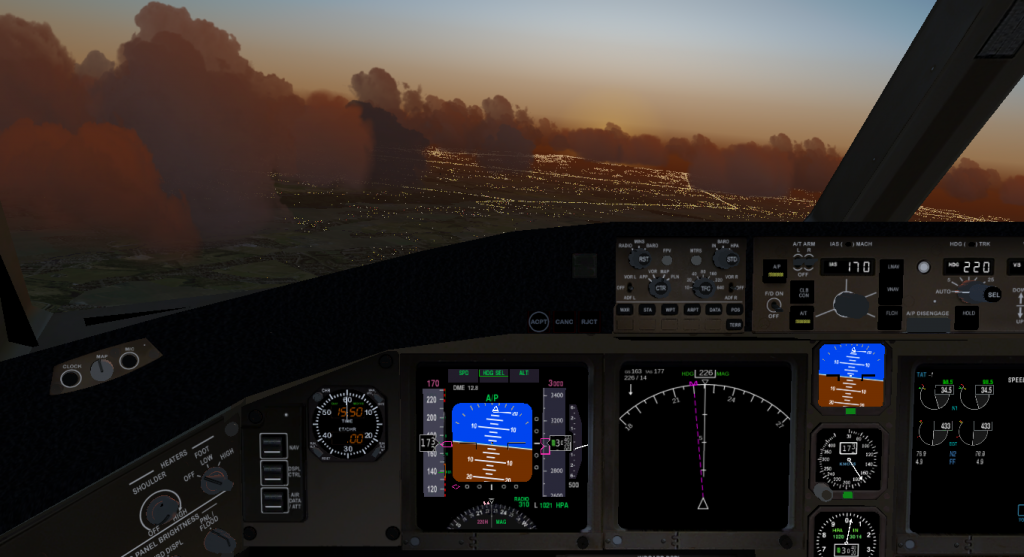

This creates puddles and alters the whole reflectivity of the surface – look at how the light changes:įinally, adding snow covers the runway partially in snowdrifts: The environment settings allow to make it wet (this will happen automatically when the weather predicts rain, but terrain can be wet without current rainfall). Using the vegetation slider instead gives a fresh green touch to the desert as if after a rainfall:Ĭhanges may be subtle and affect more than just color. Using the dust slider makes all the colors fade and lets the scene appear dry: This is how the chain appears from China Lake (with a good measure of snow added to the peaks): Have you noticed how colors fade during a long spell of dry weather, to be restored only when rain washes the dust away? Or how a desert might look green for a few weeks after rainfall, to change to its usual dusty appearance later? The environment system also provides those options – let us take a look at the Sierra Nevada. Using a combination of the season and snow settings, it is hence possible to simulate a lot of the seasonal changes during the year. Using the snow and ice sliders allows to simulate winter with lots of drift ice in the sea: Here is the coast of Norway near Bergen in summer: In coastal regions, the appearance of water can also be changed. Modifying the snow line and thickness allows to add a sprinkle of snow to the valleys, simulating the first snowfall of late fall:įinally, adding more snow changes the whole scene into deep winter:

Moving the season slider somewhat to the right brings autumn coloring into the scene – deciduous tree patches change colors to orange-red, fields and grass appear yellowish:Ĭhanging to a yet later season causes deciduous trees to shed leaves and changes most of the vegetation to a dull brown: This is how the default terrain is shown without any environment effects – a summer day in Grenoble: Let’s explore some of the things this can do: Seasonal changes
Flightgear scenery full#
You can find the menu as an entry under Environment.Ĭurrently, the full range of environment effects is only implemented for the Atmospheric Light Scattering (ALS) framework starting from medium quality settings, however the snow effect is available for all rendering frameworks. Such changes to the scenery in FG are taken care of by the environment settings which control how the terrain is shown. In essence, whether you see snow or not depends not so much on how the weather is now, but how it has been the last days, weeks or even months. Snow may fall, but not remain on the ground if the ground is warm enough. For instance, snow may linger on the ground even on a sunny day with temperatures above freezing if the original layer was thick enough. Some of these changes have to do with weather – on a cloudy day, the light is different from bright sun, the shadows are muted, the amount of haze may change so that faraway terrain looks fainter… and these are readily captured by the weather simulation. In reality, nature is a dynamically changing environment, and what you see from a cockpit reflects this. Yet if you would fly over the same region in reality every day, it would almost never look the same twice. If you look at aerial imagery of a region every day for a year, it never changes.


 0 kommentar(er)
0 kommentar(er)
